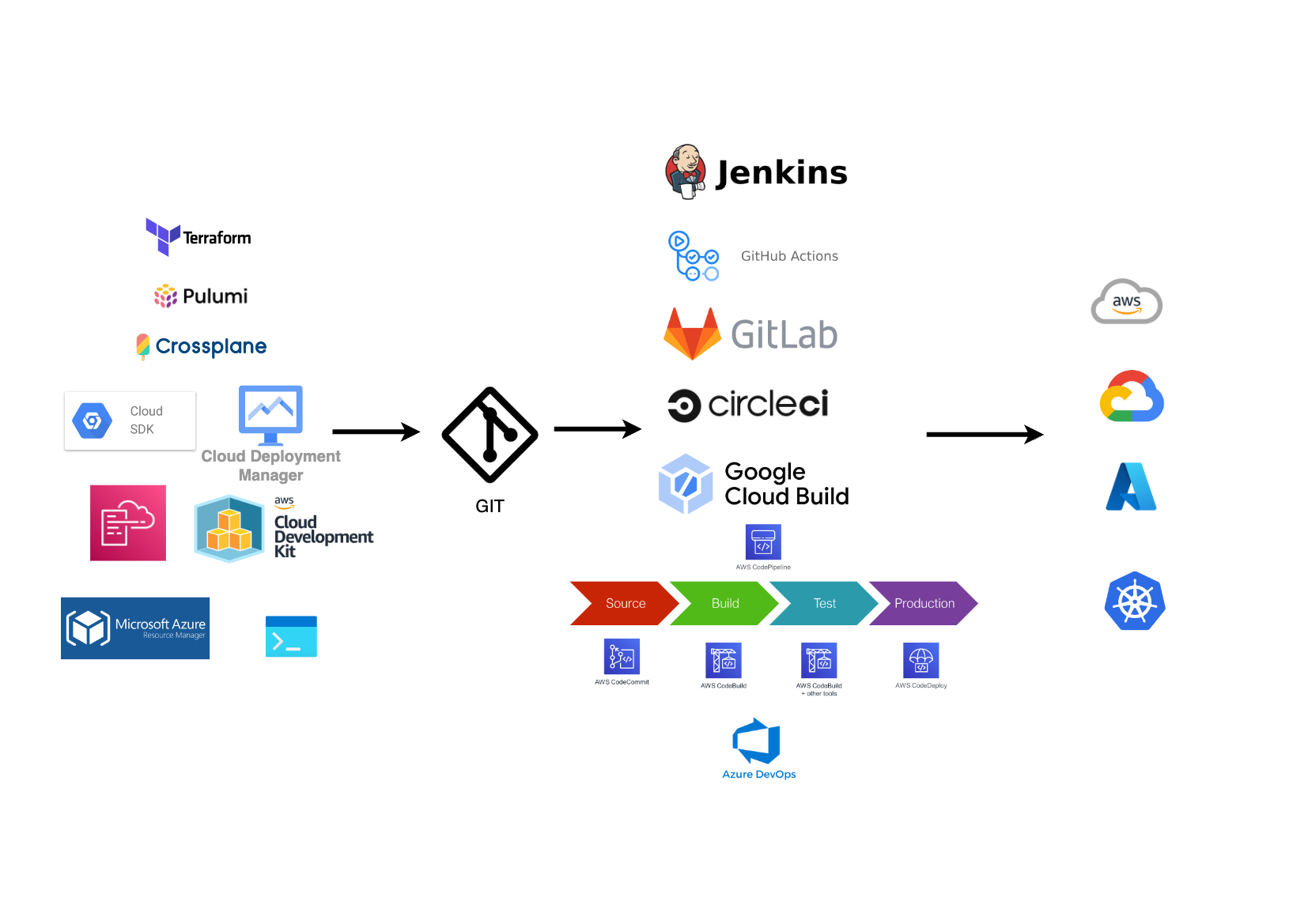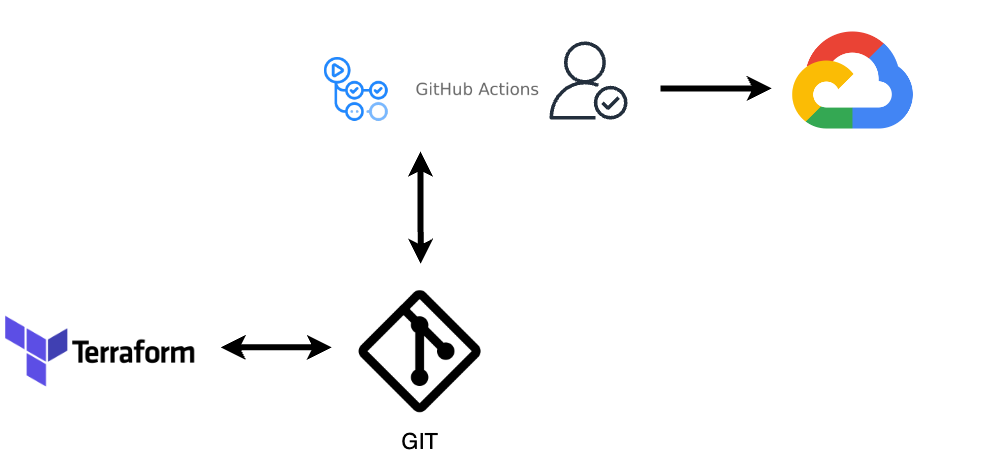In today’s rapidly evolving technological landscape, organizations are constantly pressured to deliver software quickly, reliably, and efficiently. To meet these demands, the integration of Infrastructure as Code (IaC) with Continuous Integration and Continuous Deployment (CI/CD) has become a crucial practice for modern software development teams.
Understanding IaC:
IaC is a methodology that enables the management and provisioning of infrastructure through machine-readable script files, rather than through physical hardware configuration or interactive configuration tools. This approach allows developers to define and manage infrastructure as code, treating infrastructure configurations as software artifacts.
The Essence of CI/CD:
Continuous Integration and Continuous Deployment are fundamental components of modern software development practices. CI involves automating the integration of code changes from multiple contributors into a shared repository. CD extends this process by automatically deploying code changes to production or staging environments after successful integration, ensuring a faster and more reliable release cycle.
Benefits of Combining IaC with CI/CD:
a. Automation and Consistency:
- IaC enables the automation of infrastructure provisioning and configuration, reducing the risk of human error.
- CI/CD automates the testing and deployment processes, ensuring consistent and reliable delivery.
b. Rapid Development and Deployment:
- IaC allows developers to quickly spin up and tear down environments, facilitating rapid development and testing.
- CI/CD pipelines automate the process of testing and deploying code changes, enabling faster time-to-market.
c. Version Control and Collaboration:
- IaC files can be versioned and stored in version control systems, promoting collaboration and providing a historical record of infrastructure changes.
- CI/CD pipelines integrate seamlessly with version control, enabling teams to manage code changes and infrastructure configurations together.
d. Scalability and Flexibility:
- IaC allows for the easy replication of infrastructure across multiple environments, supporting scalability and adaptability.
- CI/CD pipelines can be configured to scale horizontally, accommodating growing development and deployment needs.
Best Practices:
a. Infrastructure as Code Best Practices:
- Use declarative syntax for IaC files to describe the desired state of the infrastructure.
- Leverage version control systems for IaC files to track changes and manage collaboration.
b. CI/CD Best Practices:
- Implement automated testing at various stages of the CI/CD pipeline to catch issues early.
- Break down the CI/CD pipeline into smaller, manageable stages to facilitate debugging and troubleshooting.
c. Security Considerations:
- Apply security best practices to both IaC and CI/CD pipelines to ensure a secure development and deployment process.
- Regularly update dependencies and scan for vulnerabilities in both code and infrastructure configurations.
Simple Example:
In the example from this repo, github actions workflow in the yaml below gives the CICD actions that will be carried out by the platform in validating the terraform code every PR - pull request
1
2
3
4
5
6
7
8
9
10
11
12
13
14
15
16
17
18
19
20
21
22
23
24
25
26
27
28
29
30
31
32
33
34
35
36
37
38
39
name: 'Terraform CI'
on:
push:
branches:
- main
pull_request:
jobs:
terraform:
name: 'Terraform'
runs-on: ubuntu-latest
steps:
- name: Checkout
uses: actions/checkout@v3
- name: Setup Terraform
uses: hashicorp/setup-terraform@v2
with:
terraform_version: "1.6.4"
- name: Terraform Init
run: terraform init
env:
GOOGLE_CREDENTIALS: $
- name: Terraform Format
run: terraform fmt -recursive -check
- name: Terraform Plan
run: terraform plan -no-color
env:
GOOGLE_CREDENTIALS: $
- name: Terraform Apply
if: github.ref == 'refs/heads/main' && github.event_name == 'push'
run: terraform apply -auto-approve
env:
GOOGLE_CREDENTIALS: $
On push/merge to the main branch create/update the resources defined in the terraform files.
Futher Considerations
Security with static code scan
Tools like Tfsec, Terrascan provide security capacities to ensure terraform code are secure.
Auto PR Comments
Outputs from PR workflows can be added to comments in the PR to ensure proper review and validation of resources to be created/updated.
Code testing
Some IaC has added testing capabilities to its coding and can assist in improving IaC development practices.
The combination of Infrastructure as Code with Continuous Integration and Continuous Deployment is a powerful synergy that accelerates software development and enhances its reliability. By automating infrastructure management and deployment processes, development teams can respond more effectively to changing requirements and deliver high-quality software at a faster pace. Adopting these practices not only improves efficiency but also contributes to a more collaborative and scalable development environment, ultimately leading to better software outcomes.



